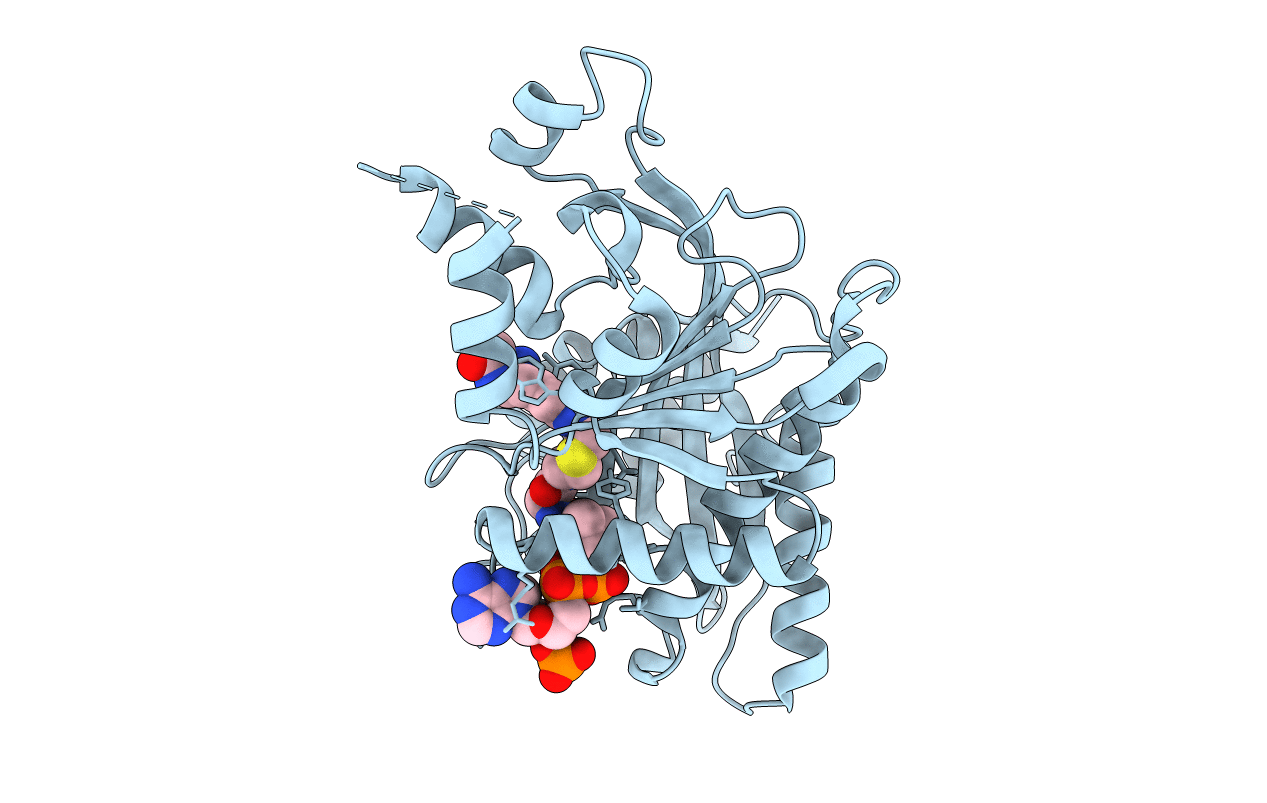
Deposition Date
2007-12-02
Release Date
2008-02-12
Last Version Date
2024-02-21
Entry Detail
PDB ID:
3BIY
Keywords:
Title:
Crystal structure of p300 histone acetyltransferase domain in complex with a bisubstrate inhibitor, Lys-CoA
Biological Source:
Source Organism:
Homo sapiens (Taxon ID: 9606)
Host Organism:
Method Details:
Experimental Method:
Resolution:
1.70 Å
R-Value Free:
0.21
R-Value Work:
0.18
R-Value Observed:
0.18
Space Group:
P 43


